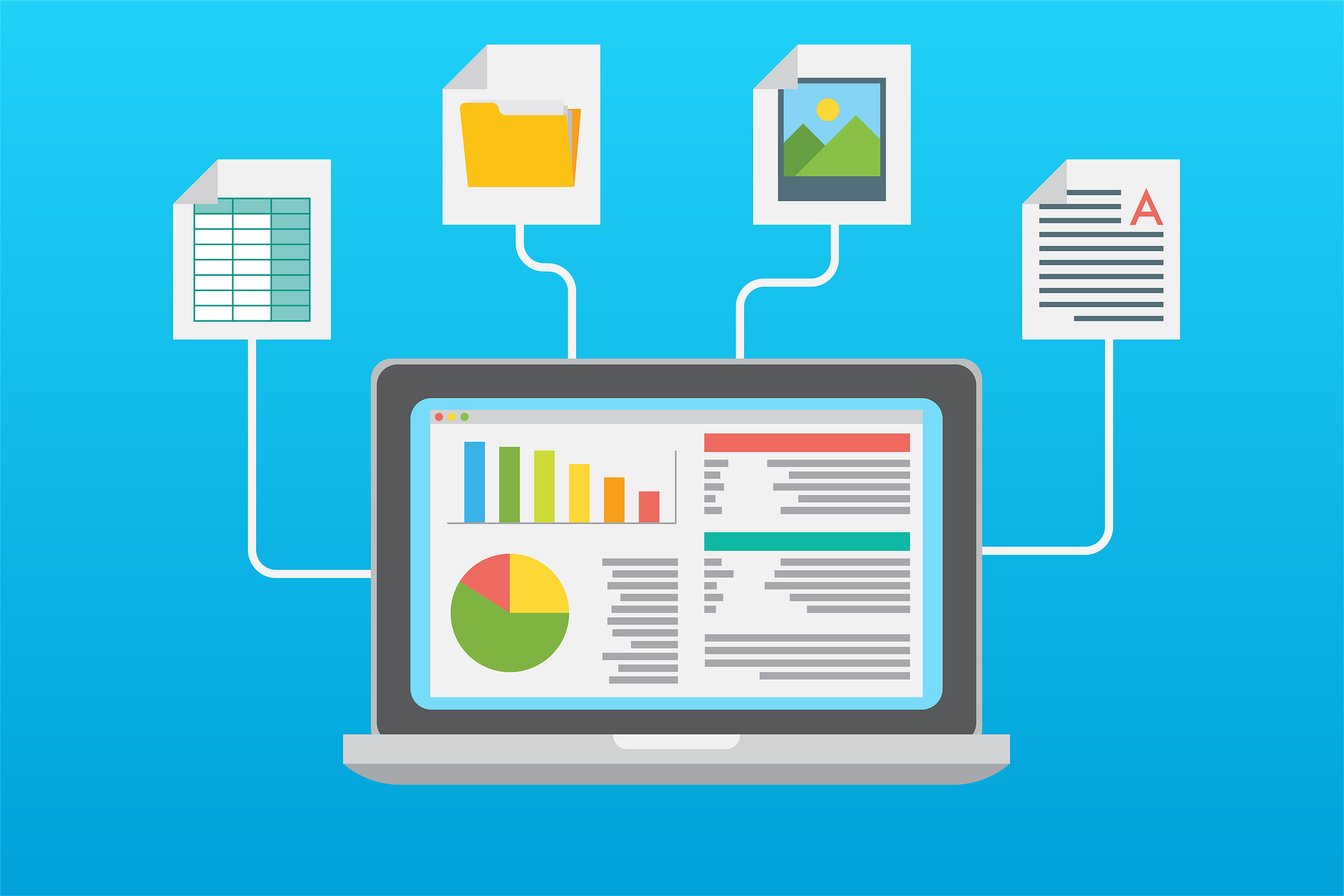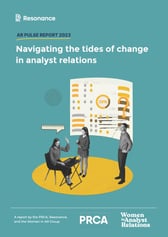
In PR, we’re always looking for a good story. Yet, in the information-overloaded world of today, it’s sometimes difficult to see the wood for the trees. That’s where data – or more importantly data analysis – can make a real difference.
Gathering data and analysing it for trends and insights creates the groundwork for an interesting, evidence-based story. And good data analysis will often produce surprising results and trends that would be otherwise difficult to spot. At Resonance, we pride ourselves on being data-driven, and on creating data-led campaigns that produce great results for our clients. So, let’s dive into how to make the best use of data and unleash its potential.
Not an expert statistician? No problem
You don’t have to be an expert in data analysis to produce an effective data-led story or campaign. If you have a degree or any qualification through which you gained statistical skills, that’s an obvious bonus. But if you don’t, there’s no reason why you can’t make data work for you.
If you are a real beginner, it’s worth taking some time to learn a few skills to take you that extra step of the way. Something like pivot tables in Excel might seem daunting, but there are a vast number of videos and learning materials online that can help you learn how to use this tool. Once you’ve mastered the basics of pivot tables, you can split a data set to understand how your findings vary according to demographic information and other variables. This enables you to create a richer story, with findings that dive deeper into patterns and trends within the data.
Doing a lot with a little
Even without pivot tables and similar tools, you can extract headline findings from data to form the basis for an interesting story. It’s always possible to do more – that’s the beauty of a data set – but you can also do a lot with a little. A single statistic that takes two minutes to calculate, but that tells a great story, is better than a statistic that requires the use of advanced statistical methods only to tell us nothing new or nothing interesting.
Telling the right story
Your data may produce great findings, but it’s no use to you, your client, or a journalist if those findings aren’t put into context. Ask yourself: Why are your findings important? Who does the research affect? What trends and developments does the data support or challenge?
Asking these questions helps develop a story around the data, highlighting why the findings are impactful and what they mean for your audience. It’s paramount that any statistics are accurately and fairly represented, but this doesn’t mean they need to be reproduced in a list with no elaboration or context. Create a narrative around your findings, and the statistics will be brought to life. That’s the basis of a successful, data-led campaign.
Final thoughts
In PR we spend a lot of time writing. Our use of words matters and communicating through clear language is an essential skill in the industry. However, the ascendancy of words need not preclude the use of data and numbers. Statistics and data analysis have the potential to enhance existing narratives as well as create completely new ones.
You don’t need to be a genius with numbers to make data analysis work for you and your clients. Start small, with basic data sets, and make use of the many resources out there to help improve your understanding and skills. With practice, you’ll be a data master in no time…!



 "The intricacies of the data-driven landscape is written into the DNA of Resonance. We are built for the data economy."
"The intricacies of the data-driven landscape is written into the DNA of Resonance. We are built for the data economy.".jpeg?width=250&height=181&name=AdobeStock_565367297%20(1).jpeg)
 "In Tech PR we have a front row seat to the changing technology landscape. From Generative AI to Quantum, it's our job to insert our clients' voices into the narrative"
"In Tech PR we have a front row seat to the changing technology landscape. From Generative AI to Quantum, it's our job to insert our clients' voices into the narrative"



 "In a world where the only constant is change, how do tech brands stay one step ahead of the market? That's where Resonance comes in"
"In a world where the only constant is change, how do tech brands stay one step ahead of the market? That's where Resonance comes in".png?width=219&height=219&name=Seb%20Moss%20wavelength%20thumbnail%20(1).png)

 "Resonance is a group of technology, business and communications experts"
"Resonance is a group of technology, business and communications experts"

